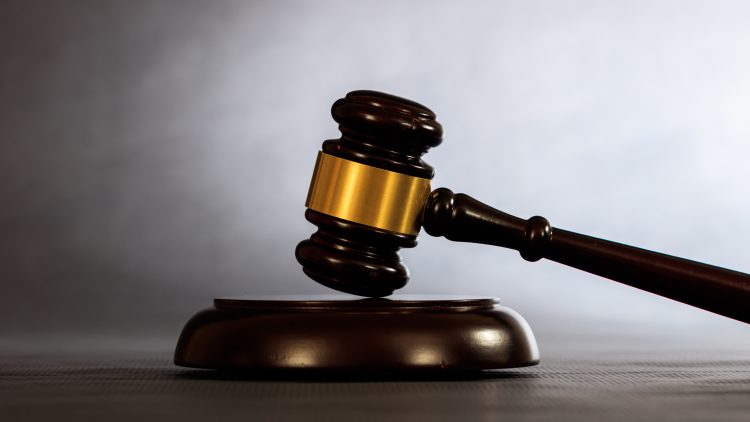Federal and State Bankruptcy Exemptions
What are Bankruptcy Exemptions?
Bankruptcy exemptions are laws that allow debtors to protect certain property from being taken by creditors during the bankruptcy process. These exemptions help ensure that individuals can maintain a basic standard of living while resolving their debts. The specific exemptions available can vary by state, but they generally fall into two categories: federal exemptions and state exemptions.
Federal Bankruptcy Exemptions
The federal bankruptcy code provides a set of exemptions that apply in every state. Debtors can choose to use these exemptions instead of state exemptions if the state allows it. Some common federal exemptions include:
- Homestead Exemption: Protects a certain amount of equity in the debtor’s primary residence. In 2024, the federal homestead exemption is $27,900.
- Motor Vehicle Exemption: Protects up to $4,450 in equity in one motor vehicle.
- Personal Property Exemptions: Protects specific amounts of equity in personal property, such as:
- Household goods and furnishings (up to $700 per item, with a total limit of $14,875).
- Jewelry (up to $1,875).
- Tools of the trade (up to $2,800).
- Wildcard Exemption: Allows debtors to protect any property up to a certain amount. In 2024, the federal wildcard exemption is $1,475, plus up to $13,950 of any unused portion of the homestead exemption.
- Retirement Accounts: Protects most tax-exempt retirement accounts, such as 401(k)s and IRAs, up to a certain limit (IRAs are capped at $1,512,350).
- Public Benefits: Protects Social Security, unemployment, and disability benefits.
- Life Insurance: Protects life insurance policies with a loan value up to $14,875.
State Bankruptcy Exemptions
Each state has its own set of bankruptcy exemptions, and some states allow debtors to choose between the state and federal exemptions. States that do not allow the use of federal exemptions require debtors to use state exemptions. Some examples of state exemptions include:
- Homestead Exemption: Varies widely by state. Some states, like Florida and Texas, offer unlimited homestead exemptions, while others have specific dollar limits.
- Motor Vehicle Exemption: Amounts vary by state. For example, California allows up to $3,325 in equity in one motor vehicle.
- Personal Property Exemptions: Protect specific types and amounts of personal property, such as:
- Clothing, furniture, and appliances.
- Tools of the trade.
- Wages: Many states protect a portion of the debtor’s wages from garnishment.
- Retirement Accounts: Most states offer exemptions for retirement accounts similar to federal protections.
- Public Benefits: Protects various public benefits, such as Social Security, unemployment, and disability benefits.
- Wildcard Exemptions: Some states offer a wildcard exemption that can be applied to any property.
Choosing Exemptions
Debtors must choose either the federal or state exemptions, depending on their state of residence. In some cases, the choice of exemptions can significantly impact the outcome of the bankruptcy case. Consulting with a bankruptcy attorney can help debtors understand which set of exemptions is more beneficial for their situation.
Arizona Exemptions
At Canterbury Law Group, our Scottsdale attorneys are renowned bankruptcy technicians. We represent clients through the entire bankruptcy process and, although all cases are unique, the end goal of bankruptcy is always a new beginning and fresh financial start.
We help clients determine eligible exemptions for their bankruptcy case. Here are some of the most common exemptions available under Arizona law (meaning that they will emerge from bankruptcy):
- Alimony and Child Support – Alimony and child support, up to the amount needed for support. 33-1126.
- Bank Deposit – A debtor may exempt $300 in a single bank account. Ariz. Rev. Stat. Ann. § 33–1126(8).
- Homestead or Residential Property – Under Arizona law, debtors may exempt up to $150,000 (per debtor or married couple) of their home or other real property covered by the homestead exemption. Ariz. Rev. Stat. Ann. §§ 33–1101, 33–1103 and 33–1104.
- Insurance Benefits – Life insurance benefits that are payable or received by a surviving spouse or child, up to $20,000.
- Claims for the destruction of, or damage to, exempt property – Cash surrender value of life insurance policies, subject to length of ownership requirements and other exceptions.
- Motor Vehicles – A debtor may exempt up to $6,000 in one or more motor vehicles. An elderly or disabled debtor, or an elderly or disabled spouse or dependent of the debtor, may exempt up to $12,000.
- Pension and Retirement Benefits – Benefits from various employee pension systems are exempt. Ariz. Rev. Stat. Ann. §§ 33–1126 and 38–792.
- Personal Property – A debtor may exempt the following personal property:
- up to $6,000 in household furniture and appliances not covered by other exemptions
- up to $1,000 total in bible, bicycle, sewing machine, typewriter, computer, burial plot, rifle, pistol or shotgun
- up to $500 in clothing
- up to $400 in musical instruments
- up to $800 in animals
- up to $2,000 in engagement and wedding rings
- up to $250 in books
- up to $150 in watch
- wrongful death awards
- prepaid rent or security deposit to $2,000 or 1.5 times your rent, whichever is less, in lieu of using homestead exemption.
- all teaching materials for youth, and
- certain professionally prescribed health aids.
- Tools of the Trade – A debtor may exempt up to $5,000 in trade implements, which includes farming tools if the debtor’s primary income is from farming. All arms and uniforms that a debtor is legally required to keep are exempt. Library and teaching aids of a teacher.
- Unemployment Compensation – Unemployment compensation is exempt as long it is not commingled with other funds and except for the enforcement of child support orders. Ariz. Rev. Stat. Ann. § 23–783.
- Wages – A debtor may exempt the lesser of the following wages, per week:
- 25% of his or her disposable earnings, or
- earnings in excess of 30 times the federal minimum wage
- Workers’ Compensation – A debtor may exempt up to $6,000 in one or more motor vehicles. An elderly or disabled debtor, or an elderly or disabled spouse or dependent of the debtor, may exempt up to $12,000.
Our legal team is ready to represent you in your Scottsdale business or personal bankruptcy case. Call us today to schedule your consultation. Our track record speaks for itself! 480-744-7711.




